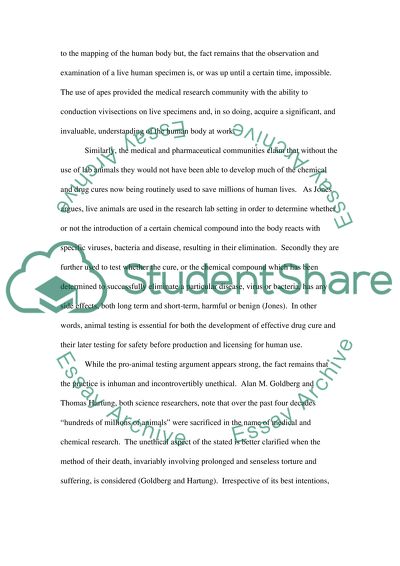Cite this document
(“Animals for drug testing Essay Example | Topics and Well Written Essays - 1250 words”, n.d.)
Animals for drug testing Essay Example | Topics and Well Written Essays - 1250 words. Retrieved from https://studentshare.org/miscellaneous/1509562-animals-for-drug-testing
Animals for drug testing Essay Example | Topics and Well Written Essays - 1250 words. Retrieved from https://studentshare.org/miscellaneous/1509562-animals-for-drug-testing
(Animals for Drug Testing Essay Example | Topics and Well Written Essays - 1250 Words)
Animals for Drug Testing Essay Example | Topics and Well Written Essays - 1250 Words. https://studentshare.org/miscellaneous/1509562-animals-for-drug-testing.
Animals for Drug Testing Essay Example | Topics and Well Written Essays - 1250 Words. https://studentshare.org/miscellaneous/1509562-animals-for-drug-testing.
“Animals for Drug Testing Essay Example | Topics and Well Written Essays - 1250 Words”, n.d. https://studentshare.org/miscellaneous/1509562-animals-for-drug-testing.


